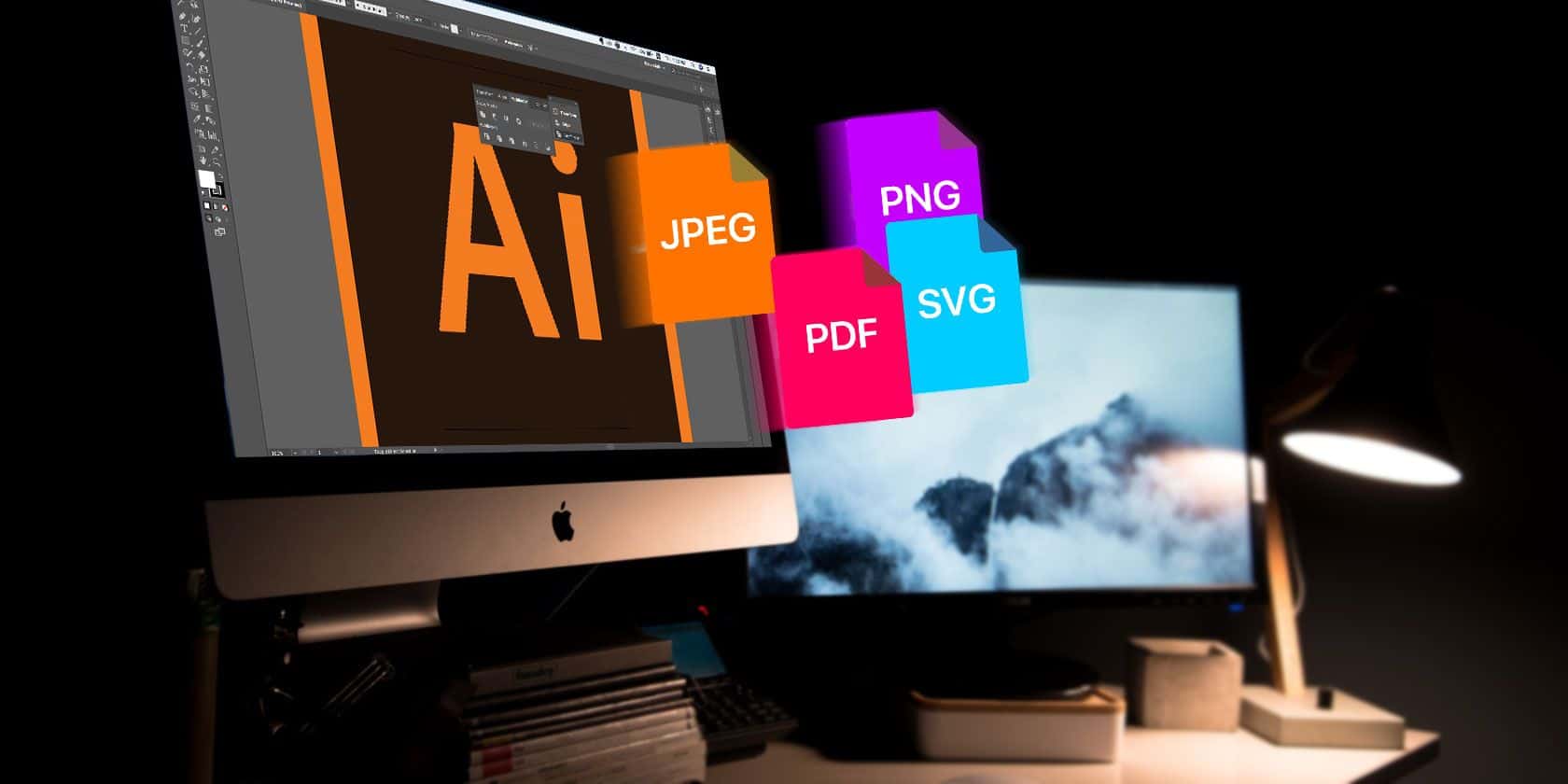Not only expensive image editing programmes can convert JPG images into vector graphics. We will show you how to do this for free in this tutorial.
Instruction: Convert JPG to vector graphics
In this tutorial we use the free programme Inkscape. Many paid programmes such as Corel Draw or Adobe Illustrator can also create vector graphics. If available, you can also create a vector graphic using Photoshop.
– Click on the menu item “File” at the top left of the window and select the option “Open”. Now select the desired JPG image.
– A small window will then open. Select the option “Link” here and confirm with “OK”.
– Select the image with the mouse and click on the option “Vectorise Bitmap” under the category “Path” at the top.
– Here you can make various settings. Under the “Mode” tab, for example, you can select the criteria according to which the vectors are formed.
– With the button “Refresh” you get a small preview of the result. With the “OK” button you start the process.
– The vector graphic can be saved in EPS format, among others.
What is a vector file anyway?
Most pictures are so-called raster graphics.
– Files with the extensions JPG, PNG and so on are raster graphics.
– Raster graphics consist of individual dots that are arranged next to each other in a grid, the so-called pixels. The more pixels an image has, the sharper it is.
– Raster graphics consist of individual dots arranged next to each other in a grid, called pixels.
– If you zoom into the image, the individual pixels become visible sooner or later. This phenomenon does not occur with vector graphics, however, where you can theoretically zoom in indefinitely without the image becoming blurred.
– This is because the vector graphic does not consist of individual points (pixels), but of information. If you create a black circle as a raster graphic, each pixel consists of a black fixed point. In a vector graphic, each pixel also has the information where the centre point is located and how large the diameter is.
– This means that the vector graphic can be scaled as desired, you can zoom in infinitely far without the image becoming blurred. If you zoom into the raster graphic, the image becomes blurred at the edges after a certain point.
– You can usually recognise a vector graphic by the file extension. The most commonly used formats are .eps, .svg and .ai.
